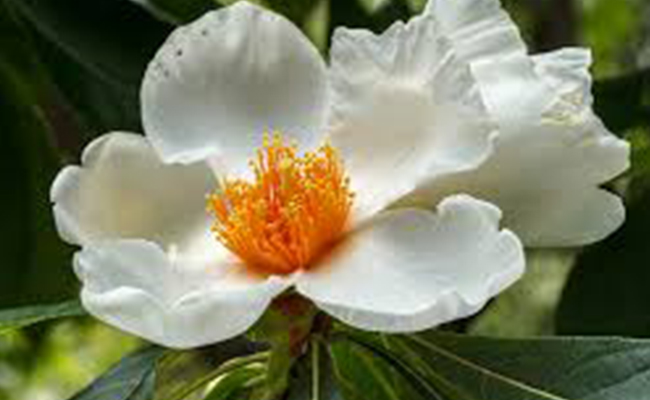Did you Know About These Extinct Plant Species in India?
There was a time when Earth was full of plants and greenery and the Earth was known as the Green Planet. Plants have done everything for us from adding to the beauty of nature, contributing to the biological evolution and playing a prominent role in the life cycle of living beings on earth. Ironically in today’s times, half of the Plant’s population is killed due to human acts and other climatic conditions and some have already disappeared before the existence of the human race.
Did you know that there are certain extinct plant species in India that are so rare that there are claims of having only a couple of them existing? There are almost 1100 plant species that are endangered today and there are hundreds of extinct plants with names that no longer exist between us.

Let’s have a look at some of the extinct plant species:
1. Calamites
Calamites were the medium-sized trees that are now extinct and you can’t find them anywhere on the Earth. They used to grow to a height of above 30 meters and were spore-bearing plants that lived during the Carboniferous and Permian periods (about 360 to 250 million years ago). Scientists study the structure of such plants from only the fossils found in different areas of Earth.

2. Cooksonia
One of the oldest primitive extinct plants in the history of Earth is the Cooksonia plant. This plant is believed to have existed on Earth about 433 million years ago. Finding Cooksonia-fossils is difficult because only a few occurrences are known. The Cooksonia plant only had slender stalks and it is believed to have possessed small and lacked leaves, flowers and roots.

3. Lepidodendron
Lepidodendron plants were commonly known as the scale trees. They are an extinct genus of primitive, vascular, tree-like plants related to the isoetes and lycopsids. Their trunks are believed to be 1 meter in diameter and they used to reach up to a height of 30 meters and more. They were mostly a part of the coal forest flora. They became extinct when these swamps disappeared.

4. Rhynia
Rhynia was a bisexual sporophyte generation of a vascular plant that had anatomical features more advanced than those of the bryophytes. This plant existed hundreds of years ago on the planet Earth where it grew in the vicinity of a silica-rich hot spring. Since they were bisexual in nature they used to grow close to the other vascular plants.

5. Silphium
This plant was a major inclusion during the Greek and Egyptian dynasties and it played a very vital role at that time. This plant was used as a medicine in treating many of the diseases and problems faced by people. It also was used as a contraceptive by ancient Greeks and Romans.

6. Saint Helena Olive
It was an island endemic native plant to Saint Helena in the South Atlantic Ocean. Ignore its name, this plant did not belong to the family of olives. Instead, it was a tough plant with pale pink flowers that bloomed on the small island of Tristan da Cunha. Their population was very few at that time also, until sometime later it completely disappeared.

7. Sigillaria
Considered as one of the extinct plants to have ever existed on the planet Earth, it evolved during the Late Carboniferous period. It is said that Sigillaria had scales, not bark and it was a very tall plant that used to grow around 100 feet tall in height. Sigillaria was the fastest growing plant and it had grass-like leaves that grew from a fork at the top of the tree. Also Instead of producing seeds, Sigillaria reproduced by creating spores.

8. Franklinia
One of the most beautiful flowering trees commonly known as the Franklin tree was native to the Altamaha River valley in Georgia, USA. This plant mysteriously went extinct in the wild and since then no trace of it has been found. This fragrant flower was white in color with yellow pollination buds in between to help it reproduce more. The specialty about this plant was it’s leaves that used to turn red in autumn.

So these were the list of few extinct plants in India which no longer exist. Degradation, deforestation, pest increase, and several climate factors are responsible for the extinction of plant species. The disappearance of plants due to human activities and loss of suitable habitat is an actual concern and preventions should be taken. Also read about 10 rare plants list in the world by click here.















